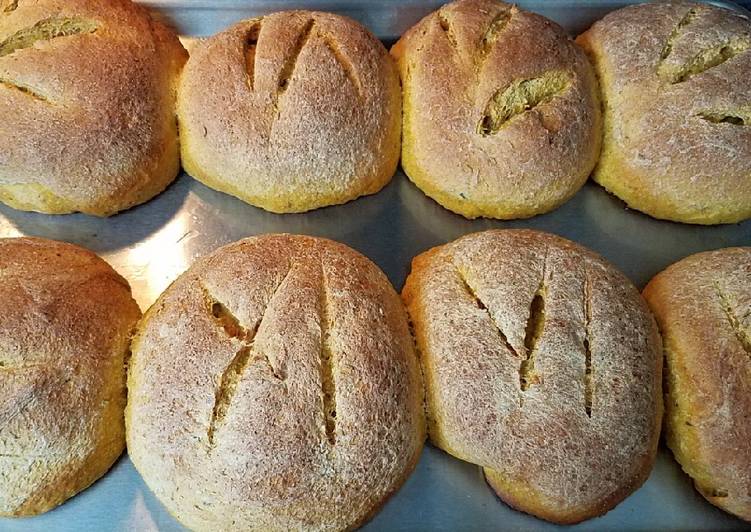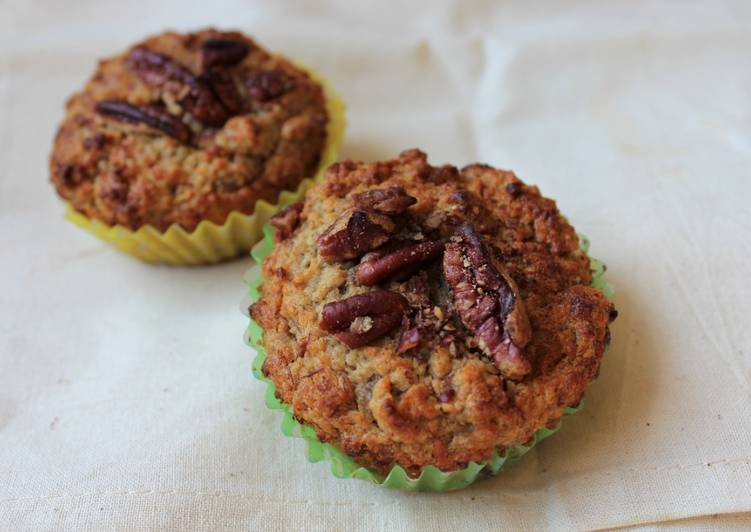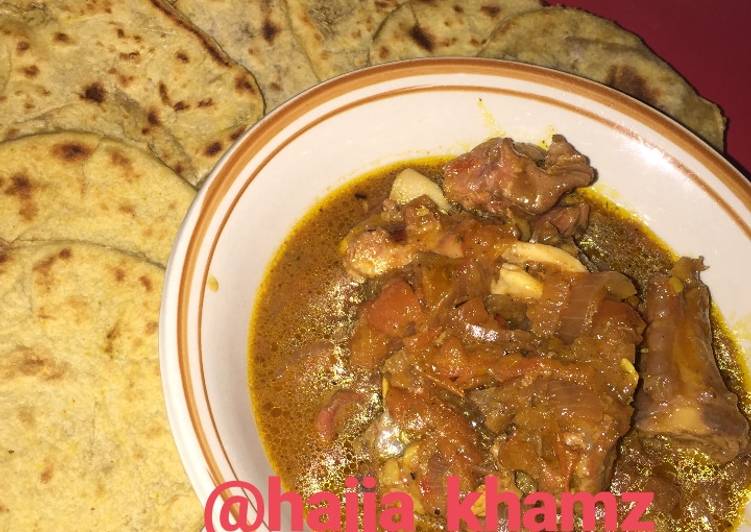
Hey everyone, it is me again, Dan, welcome to our recipe page. Today, we’re going to make a special dish, kabocha squash kamut/spelt sourdough bread. It is one of my favorites food recipes. For mine, I am going to make it a little bit unique. This will be really delicious.
Kabocha Squash Kamut/Spelt sourdough bread is one of the most favored of recent trending foods in the world. It is appreciated by millions every day. It’s simple, it is fast, it tastes delicious. Kabocha Squash Kamut/Spelt sourdough bread is something that I’ve loved my whole life. They’re fine and they look wonderful.
This video shows how to make a sourdough bread from all varieties of ancient wheats like Spelt, Kamut/Khorasan, Einkorn, Emmer, etc. in a very easy way. They pointed out that their strengths counter balance the weaknesses of the other flour. I have both grains so I milled up some flour and set out to make some bread. Kabocha (/kəˈboʊtʃə/; from Japanese カボチャ, 南瓜) is a type of winter squash, a Japanese variety of the species Cucurbita maxima.
To begin with this recipe, we have to first prepare a few components. You can cook kabocha squash kamut/spelt sourdough bread using 12 ingredients and 8 steps. Here is how you can achieve it.
The ingredients needed to make Kabocha Squash Kamut/Spelt sourdough bread:
- Make ready 1 kabocha squash, cubed
- Take 5 cups organic kamut, freshly milled
- Make ready 5 cups organic spelt, freshly milled
- Make ready 2 cups sourdough starter
- Take 2 cups Greek yogurt or just filtered water
- Prepare 3 Tsp olive oil
- Make ready 4 cups filtered water
- Take 3 tsp salt
- Prepare 1 Tsp mulberry syrup or honey
- Prepare 3 tsp cumin seeds, optional
- Prepare 2 Tsp teff or sesame seeds, optional
- Take 6-7 cup Organic unbleached all purpose flour
Here's you'll learn all you need to know about buying, cooking, and storing Like many winter squash, kabocha have a tough rind that can be difficult to cut through. Squash bowls are infinitely superior to regular bowls, especially when they're filled with this vegan and Paleo-friendly roasted vegetable Milk bread is an impossibly fluffy Japanese specialty, and the addition of kabocha is fitting, since it's also Japanese in origin. Spelt kamut sourdough made with tangzhong water or milk roux makes soft bread with crispy crust that stays fresh. Mix dough: Grind kamut (einkorn, spelt, farro) berries.
Instructions to make Kabocha Squash Kamut/Spelt sourdough bread:
- Steam cubed kabocha squash in a steamer for 25 minutes until a fork easily poke through. Cool down to room temperature.
- Mash steamed squash in a food processor or manually using a fork.
- Mix together all wet ingredients and then add freshly milled ancient grain flours, such as spelt and kamut. If you don't have them, just use whole wheat flour or all purpose flour.
- Knead the dough until smooth and your hands are clean too. Divide the dough into 3 equal pieces and place each dough in a pre oiled bowl to proof.
- After about 4 hours when the dough is double its size.
- Knead the dough and shape them into your desired styles. Proof a second time for about 2 hours.
- Preheat the oven to 375F and bake for about 30 minutes. Score the bread before baking.
- Sourdough bread keeps well in the room temperature for 3 days and 2 weeks in a fridge and longer in a freezer.
Spelt kamut sourdough made with tangzhong water or milk roux makes soft bread with crispy crust that stays fresh. Mix dough: Grind kamut (einkorn, spelt, farro) berries. I normally try to mix kamut berries with another, softer grain, because kamut berries are rock hard and heat up my grinder. Kabocha squash, also known as Japanese pumpkin, has a thin but firm green skin and a bright vivid orange flesh. Amongst the many squash varieties, kabocha probably tastes the sweetest.
So that is going to wrap it up with this exceptional food kabocha squash kamut/spelt sourdough bread recipe. Thanks so much for your time. I am sure that you will make this at home. There is gonna be interesting food in home recipes coming up. Remember to save this page in your browser, and share it to your family, colleague and friends. Thank you for reading. Go on get cooking!

